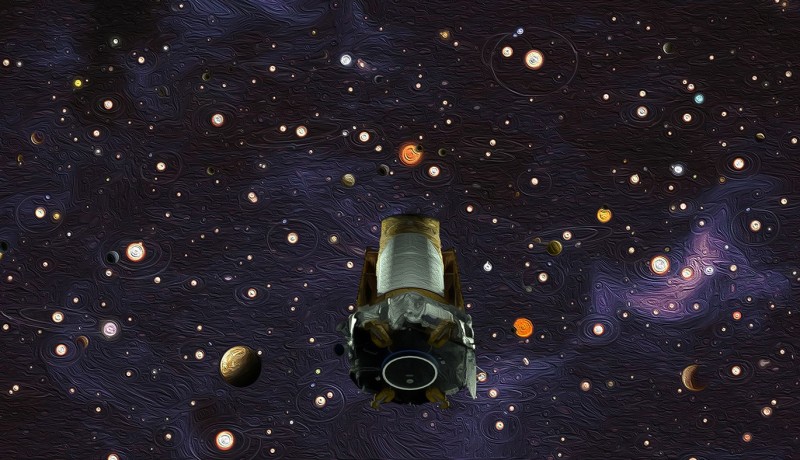Kepler space telescope retires
on

After more than nine years of making observations from orbit around the Earth, the Kepler space observatory from NASA will be retired ― there is no longer any fuel on board to continue further observations.
Billions of planets
The data that the space telescope has accumulated, gives cause to the suspicion that in our Milky Way alone, there are billions of ‘invisible’ planets ― many more planets than stars.
Because the space telescope is an an orbit that is a great distance from Earth, and as a consequence is not of any danger to other satellites or manned missions, NASA has decided to just leave it there, instead of bringing it down and letting it burn up in the atmosphere.
Expectations exceeded
In the search for planets outside outside our own solar system, Kepler has exceeded the wildest expectations of the scientists ― and smoothed the way for the search of life in our own solar system and beyond.
When the observations from Kepler are extrapolated, we can suppose that 20 to 50 percent of the stars we see at night probably have planets ― small, more or less Earth-like planets (that is, with a rocky surface) that are at such a distance from their sun that liquid water can exist, a prerequisite for the origin of life as we understand it.
Detection method
The detection method that Kepler used is called transit photometry. When a planet, from Kepler's perspective, passes in front of its star, the light from that star will then be blocked by a very small amount by that planet ― sufficient to be detected. From these measurements the sizes of the orbit and the planet can be derived.



Discussion (0 comments)